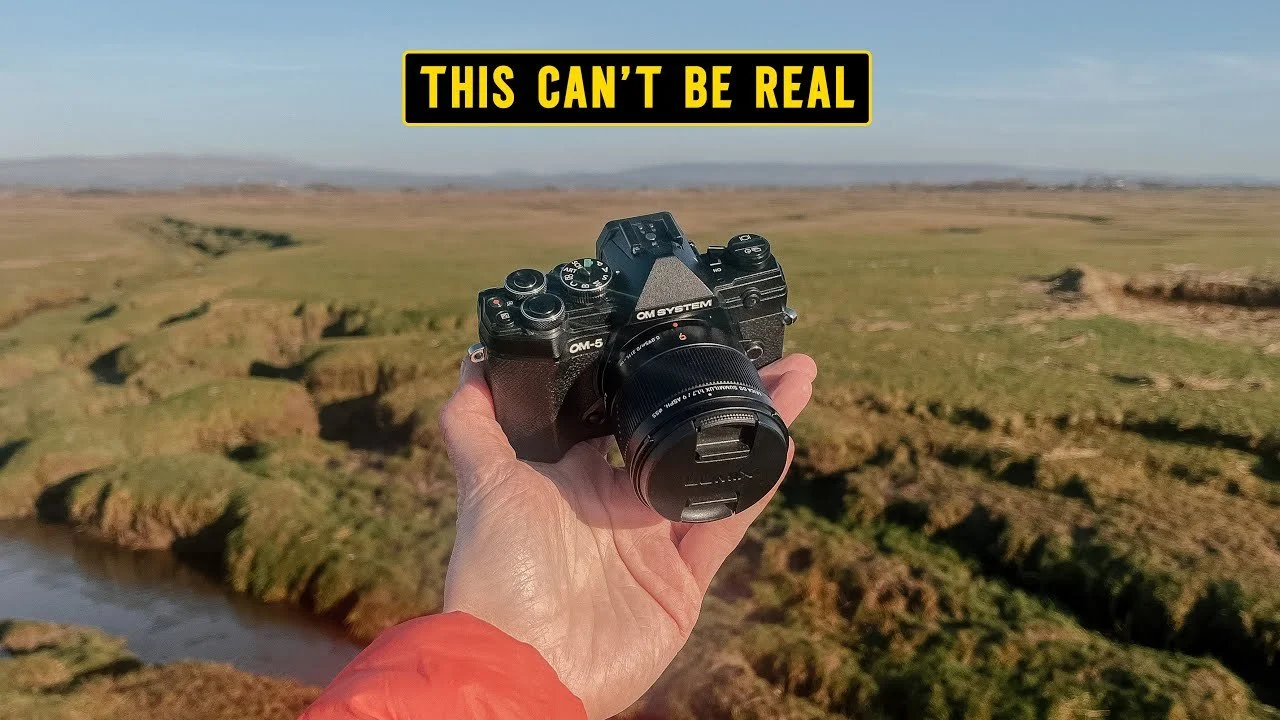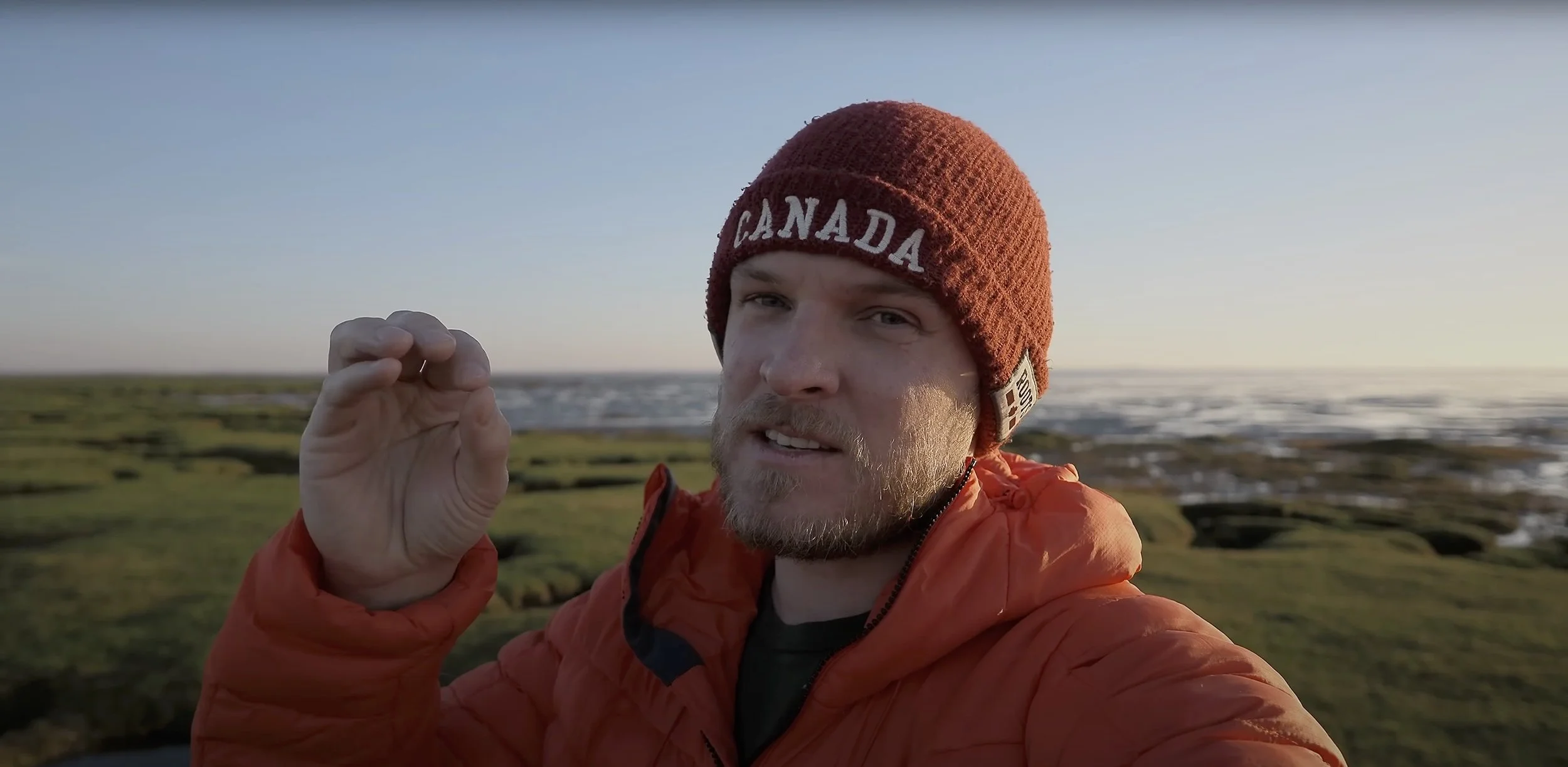Panasonic Leica 9mm f1.7 Review
Click HERE to find the best prices for the Panasonic Leica 9mm f1.7.
Real Thoughts After Proper Use in the Field
I’ve had the Panasonic Leica 9mm f1.7 in my kit for quite a while now, and after plenty of time using it out in the field, I wanted to share some proper thoughts.
This isn’t just a quick hands-on take. I’ve been out with this lens in all sorts of light, in different landscapes, and in all kinds of weather. So if you’re thinking about picking one up and wondering how it performs for real-world photography, this should help. I’ll tell you now, this is the best wild angle lens for micro four thirds that I’ve used - for plenty of different reasons.
From the first few times I used it, I could tell it was going to be a lens I’d enjoy working with. It’s compact, easy to carry, and very capable, but more importantly, it feels like it fits naturally into how I like to shoot.
There’s no need to overthink things. You can just pick it up, walk out the door, and get on with making images. That’s the kind of gear I value most.
It helps you stay present and focused without dragging you into a technical headspace.
Why the Panasonic Leica 9mm f1.7 Works So Well
I use the OM-5 with the Panasonic Leica 9mm
The first thing I noticed about the Panasonic Leica 9mm f1.7 was how small and light it is. It genuinely feels like it disappears into the bag.
But there’s more to it than that. The compact size makes it easy to take everywhere, but the performance is what’s really kept me using it. It’s fast, sharp, and incredibly usable in all kinds of situations.
On the OM System OM-5, which is what I’ve been shooting with, it feels really well balanced. You get an 18mm full frame equivalent, which is wide enough to bring in plenty of space, but still feels manageable when you’re composing carefully.
That field of view has become one of my favourites because it gives you room to breathe without overwhelming the frame.
The focus is quick and quiet, and the lens as a whole just feels like it was designed with care.
It doesn’t try to do too much, and it doesn’t need to. It lets you work simply and stay in tune with the scene. If I’m responding to the light and quietly building a composition, the lens keeps up without ever getting in the way.
Field Use: What It’s Like in Practice
One of the things I value most in any lens is how it behaves in the field. Specs and features are fine, but what really matters is whether it helps you make better images when the light is changing and the moment feels right.
The Panasonic 9mm f1.7 has been great for that. It’s helped me respond to scenes quickly and naturally without needing to think too hard about settings or technical stuff.
I remember one evening in particular. I’d gone out with no real expectations, just to stretch my legs and see what the sky was doing. The light was soft and starting to warm up, and I came across this winding stretch of water with little channels and ridges catching the last of the sun. The 9mm was already on my camera, and I didn’t feel the need to change a thing. The scene suited the lens perfectly.
There was something really satisfying about the way it handled the shapes and lines in the landscape. I could include just enough foreground to give the image depth without it feeling cluttered.
The wide field of view let the light play across the frame in a lovely way. And because the lens is so responsive, I could move around freely and shoot from different angles without breaking the rhythm of the moment.
Image Quality and Sharpness
What’s surprised me most about the Panasonic Leica 9mm f1.7 is how sharp it is for such a small, lightweight lens.
Even wide open at f1.7, the centre sharpness is excellent. It gives you that little extra flexibility in lower light, or when you want a softer background.
It’s not a portrait lens by any means, but you can still get that gentle falloff that adds some nice depth to certain scenes.
Once you stop it down to around f4 or f5.6, the sharpness across the frame becomes really consistent. I’ve made quite a few images now where the corners hold up beautifully, and the overall contrast is clean and natural.
It gives you confidence when composing, knowing that you’re not going to lose important details at the edges.
The colours from this lens feel honest. There’s no strange cast, no heavy contrast, just a soft, believable rendering that works well in both flat and dramatic light. I like that. It gives me a good base to start with in Lightroom, and I don’t have to fight the files to get them where I want.
The results feel solid and reliable, and that’s exactly what I want from a wide angle I use regularly.
A Bit of Flare, but No Big Problem
Notice the flare at the bottom of time image whilst shooting with the Panasonic Leica 9mm f/1.7
Like most lenses, the Panasonic Leica 9mm f1.7 does have a little quirk, and that’s the lens flare. It shows up now and then when you’re shooting directly into the sun or working with strong light at certain angles.
I’ve seen it more with this lens than with others in my kit, especially when I’ve been working late in the day or trying to include the sun as part of the composition.
But honestly, it hasn’t caused me any real problems. Most of the time, a small shift in your position will fix it, and if not, you can easily clean it up afterwards.
It’s a bit of a surprise the first time you see it, but once you know it’s there, it’s just something you work around. It certainly doesn’t stop me from using the lens or recommending it!
In fact, I’d say the rest of the lens’s strengths far outweigh that one small issue. You get sharp images, fast focus, lovely colours, and a lightweight build, all in one lens.
If the tradeoff is the occasional bit of flare, I’m more than happy with that.
It’s Great for Video as Well
Beautiful video quality with the Pana Leica!
Even though I mainly focus on stills, I’ve tested the Panasonic Leica 9mm f1.7 for video as well, and it’s honestly just as good in that space.
The field of view works really nicely for walking shots, vlogging, or wide handheld scenes. And thanks to the f1.7 aperture, you can still get a bit of separation in your background if you want it, especially in tighter spaces.
The focus is smooth and quiet, which makes a big difference when you’re recording audio, and the overall handling just feels comfortable.
I’d have no hesitation using this lens regularly. It feels like a great option for anyone shooting video on a Micro Four Thirds system, especially if you want something light, reliable, and versatile.
I’ve also enjoyed using it for casual video clips while out on location. Even when I’m not actively filming a project, it’s just nice to know I can switch over to video and trust that the 9mm will deliver a clean, wide frame with good clarity and natural colours.
Final Thoughts on the Panasonic Leica 9mm f1.7
After spending a good amount of time with the Panasonic Leica 9mm f1.7, I can honestly say it’s become one of those lenses I trust.
It’s simple, reliable, and feels like it understands the kind of work I want to do. It doesn’t get in the way, and it doesn’t need constant attention.
You put it on the camera, head out into the landscape, and it just gets on with the job.
If you’re shooting Micro Four Thirds and you want a sharp, compact, wide angle lens that doesn’t weigh you down, this one is absolutely worth looking at. I’ve used it in a variety of situations now, from golden hour light to flat, overcast days, and it’s always given me something solid to work with.
Sometimes the best bits of gear are the ones you stop noticing. They just become part of your process, and that’s exactly what’s happened here.
The Panasonic Leica 9mm f1.7 has found its place in my kit, and I’m glad it did.
Get my FREE 15-page PDF guide on how to get sharper photos!
About Me
I'm Henry Turner, a UK-based professional landscape photographer and YouTuber. I share my adventures through in-depth articles, location guides, and photography tips to help you capture stunning landscapes. My journeys span Scotland, The Lake District, Wales, and beyond. Every week, I post new blog content and YouTube videos.
Search the Blog
Featured Posts
My Gear Blog














